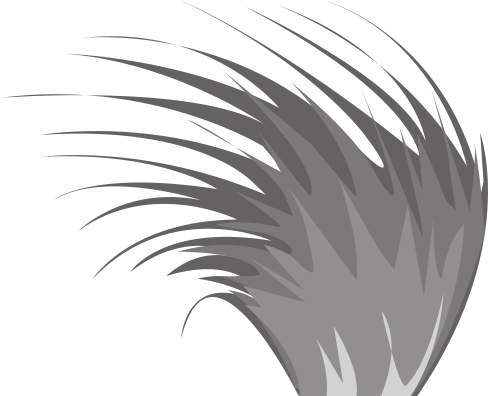Assessing the ecological consequences of extinction: are flightless birds important seed dispersers in New Zealand?
Talk / Seminar on Wednesday 13th of November 2019, 05:20 PM (6 years ago)
Contact: Gretchen Brownstein
Speaker: Jo Carpenter, Postdoctoral Researcher, Manaaki Whenua-Landcare Research
Understanding the mutualistic services that species provide is essential when assessing the consequences of their local or global extinction. New Zealand historically harboured ~27 species of flightless land birds, of which 67% are now extinct, and the mutualist services these taxa provided are still unclear. Five large-seeded endemic tree species (Elaeocarpus dentatus, E. hookerianus, Prumnopitys ferruginea, P. taxifolia, Vitex lucens) appear partially adapted for seed dispersal by flightless birds, leading to speculation that they may once have been dispersed by moa. However, coprolite (fossilised faeces) evidence demonstrates that moa actually functioned largely as seed predators. So who does disperse these strange seeds? My PhD research shows that a flightless rail, the weka (Gallirallus australis) may be a significant disperser for some of these plants. Weka moved P. ferruginea and E. dentatus seeds similar dispersal distances to kereru (Hemiphaga novaeseelandiae), yet the potential contribution of weka to forest regeneration is frequently overlooked by conservationists. Overall, my research demonstrates the importance of critically examining assumptions about which species conduct important ecosystem functions. More broadly, the Pacific has lost >450 rail species in the last 3000 years, which may represent one of the most widespread yet least appreciated losses of dispersal function ever recorded.
